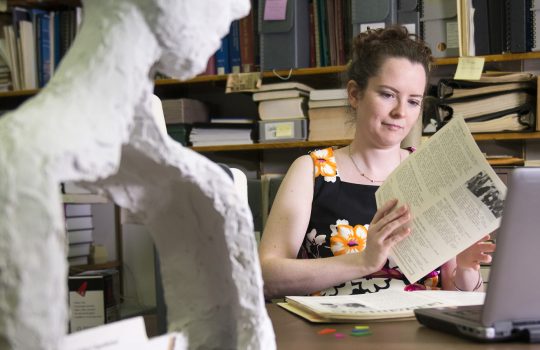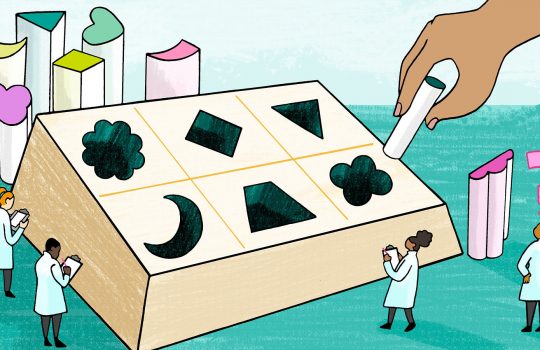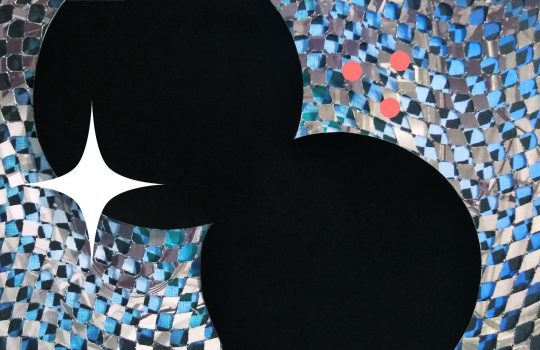Baby bison born at Fermilab
From NCTV17, April 23, 2019: The particle physics laboratory is better known for research than ranching, but Fermilab’s bison are an attraction for visitors every summer. And they serve as an important symbol for the site.



